Compared to the original assumptions, we had to wait quite a long time for the new AirPods. Apple finally unveiled the second generation of its wireless headphones before its spring Keynote. In the course of this week, the AirPods got into the hands of the first customers, and one piece also arrived at the Jablíčkář editorial office. Let's therefore summarize how the new generation works after the first hours of use and what advantages or disadvantages it brings.
The second-generation AirPods are fundamentally not significantly different from the original ones from 2016. If it weren't for the diode moved to the front of the case and the slightly shifted button on the back, you would hardly be able to tell the difference between the first and second generation. In the case of the headphones themselves, not a single detail has changed, which in short means that if the first generation did not fit in your ears, then the situation will be the same with the new AirPods.
However, there are minor differences. In addition to the already mentioned diode and button, the hinge at the top lid has also changed. While in the case of the original AirPods the hinge was made of stainless steel, in the case of the second generation it is probably made of Liquidmetal alloy, which appears in several Apple patents and from which the company produced, for example, clips to slide out the SIM card slot. Anyway, it's not made of plastic, as some first owners claim. The engineers at Apple decided to use the new material allegedly because of the compatibility of the case with wireless chargers.
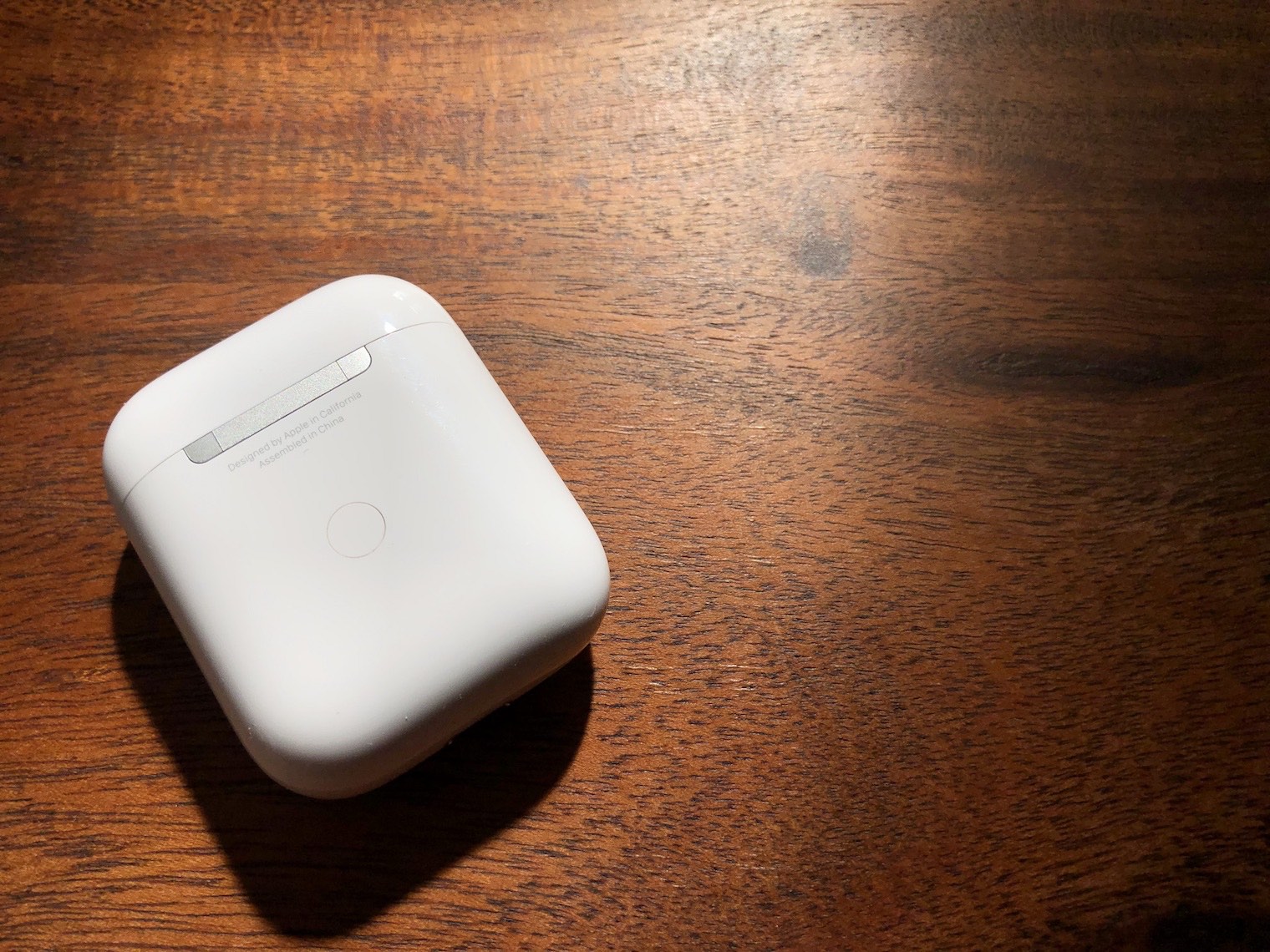
The color of the headphones and the case has not changed in any way, but the new generation is a little lighter, and it's not that we have worn out the original AirPods - we also have a three-week-old piece in the editorial office. Apple has probably slightly adjusted the production process of the headphones, which was also reflected in the durability of the case itself, which in the case of the second generation is much more prone to scratches. After just one day of more or less careful handling, several dozen hairline scratches are visible.
One of the most highlighted features of the new AirPods is undoubtedly the support for wireless charging. As a result, it is a welcome feature, but not a revolutionary one. Charging wirelessly is relatively slow, definitely slower than via a Lightning cable. Specific tests have to wait until the review, but we can already say that the difference is quite noticeable. In the same way, we reserve the endurance rating for the review, where several tests need to be performed and after such a short period of time, the endurance cannot be evaluated.
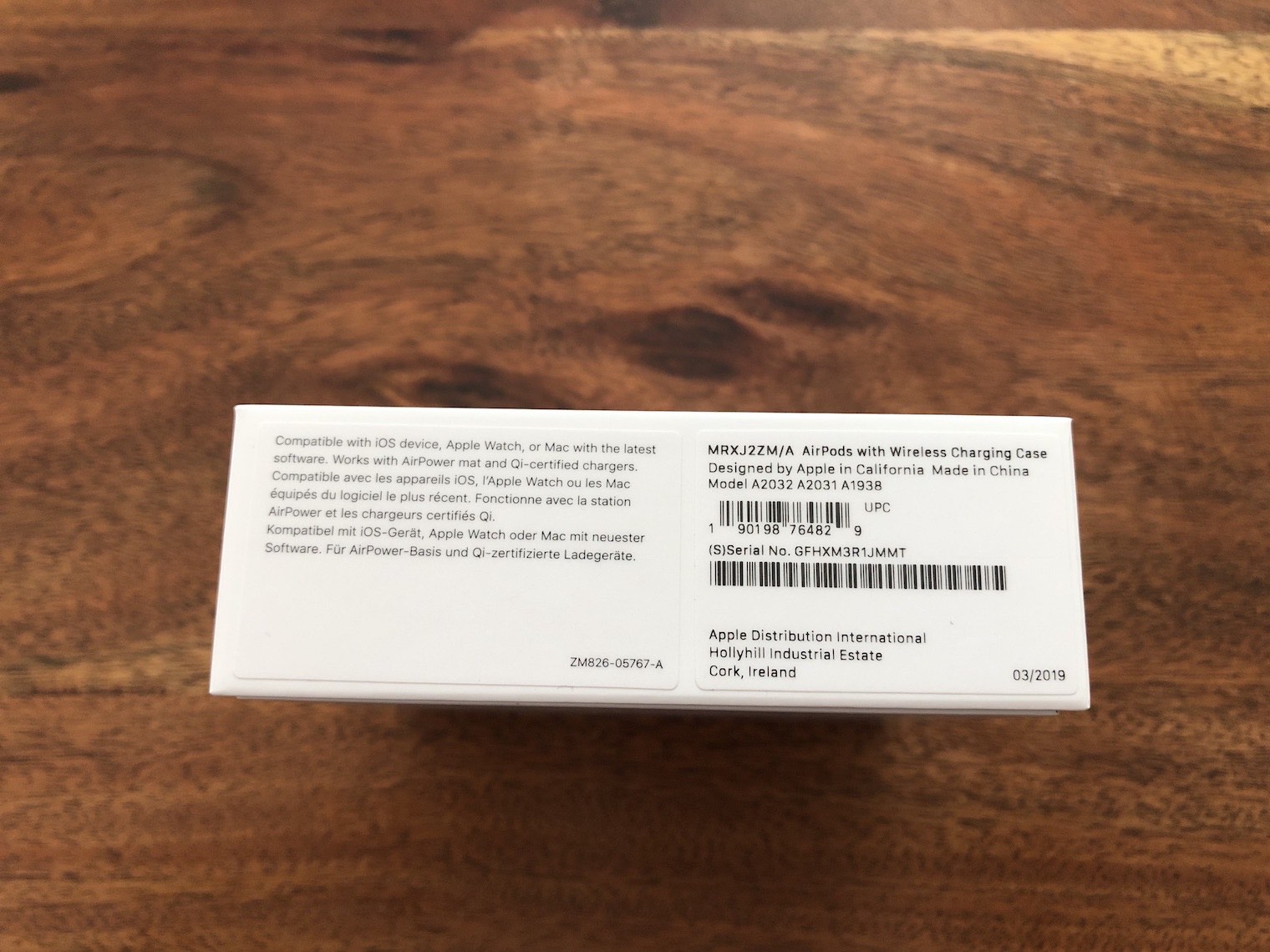
The box of the new AirPods also contains a mention of AirPower
We shouldn't forget the sound either. But the new AirPods don't play significantly better. They are slightly louder and have a slightly better bass component, but otherwise their sound reproduction remained the same as the first generation. The spoken word is slightly cleaner, where the difference is noticeable during calls. On the other hand, the quality of the microphone has not changed in any way, but in this respect the original AirPods already performed more than decently.
Therefore, although the new H1 chip (the first generation had a W1 chip) did not particularly merit the improvement of sound and microphone, it brought other benefits. Pairing headphones with individual devices is really faster. The difference is especially noticeable when switching between iPhone and Apple Watch or Mac. It was in this area that the AirPods 1 lost slightly, and especially when connecting to a Mac, the process was quite lengthy. The second benefit that comes with the new chip is support for the "Hey Siri" function, which can be quite useful for many. Although Czech users will use it rather sporadically, it will serve well for a few basic commands to change the volume or start the playlist.
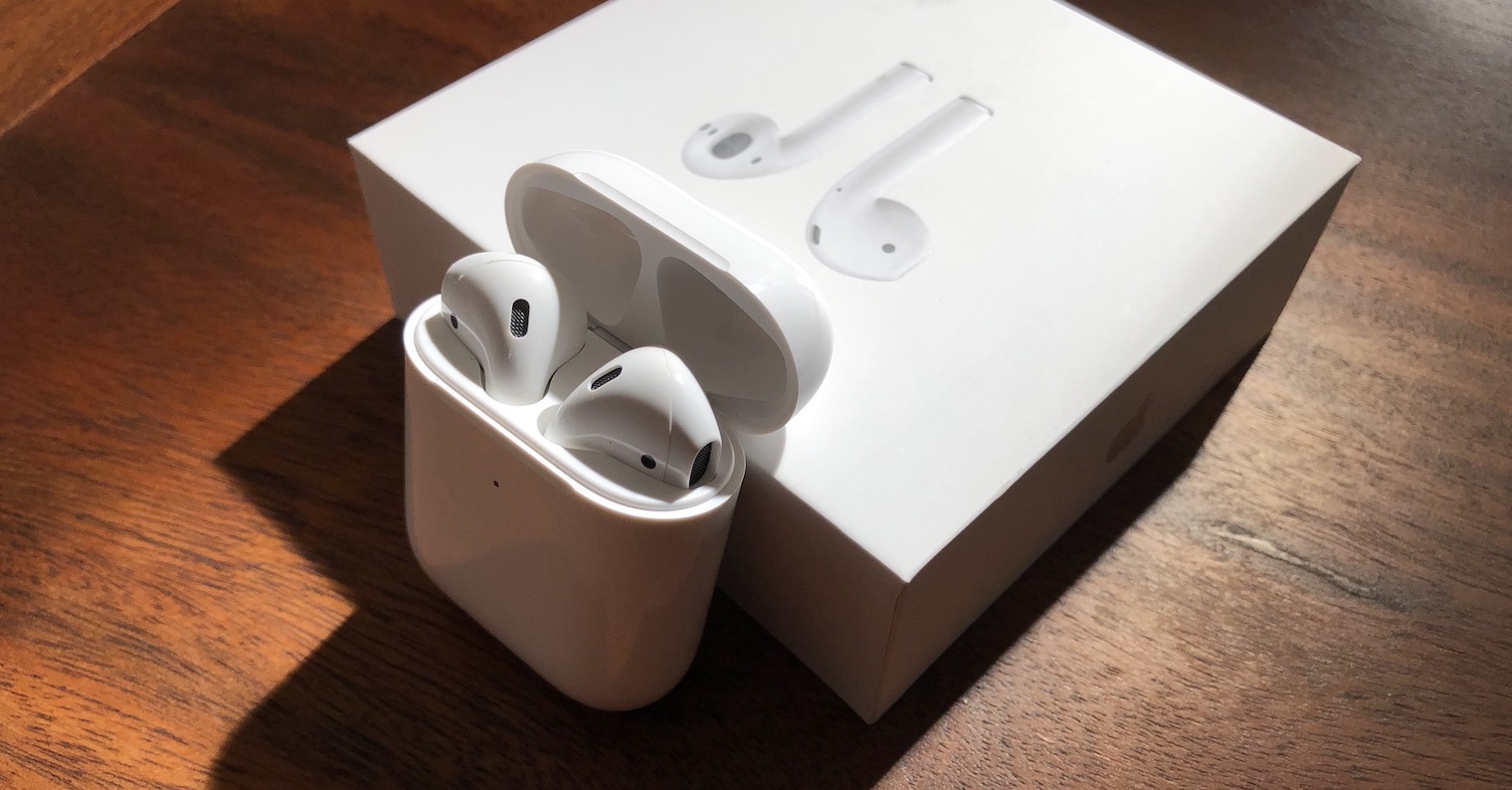

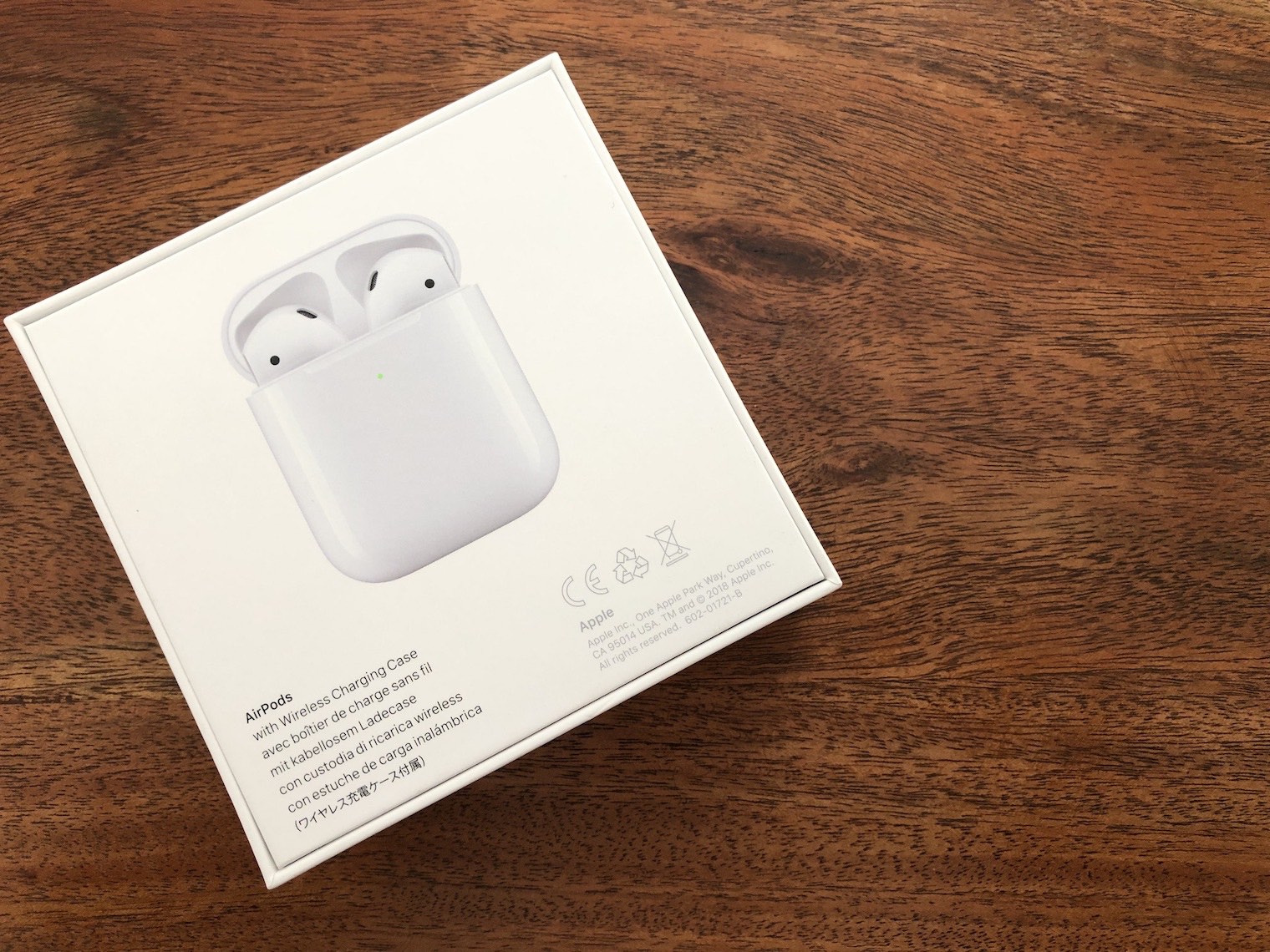
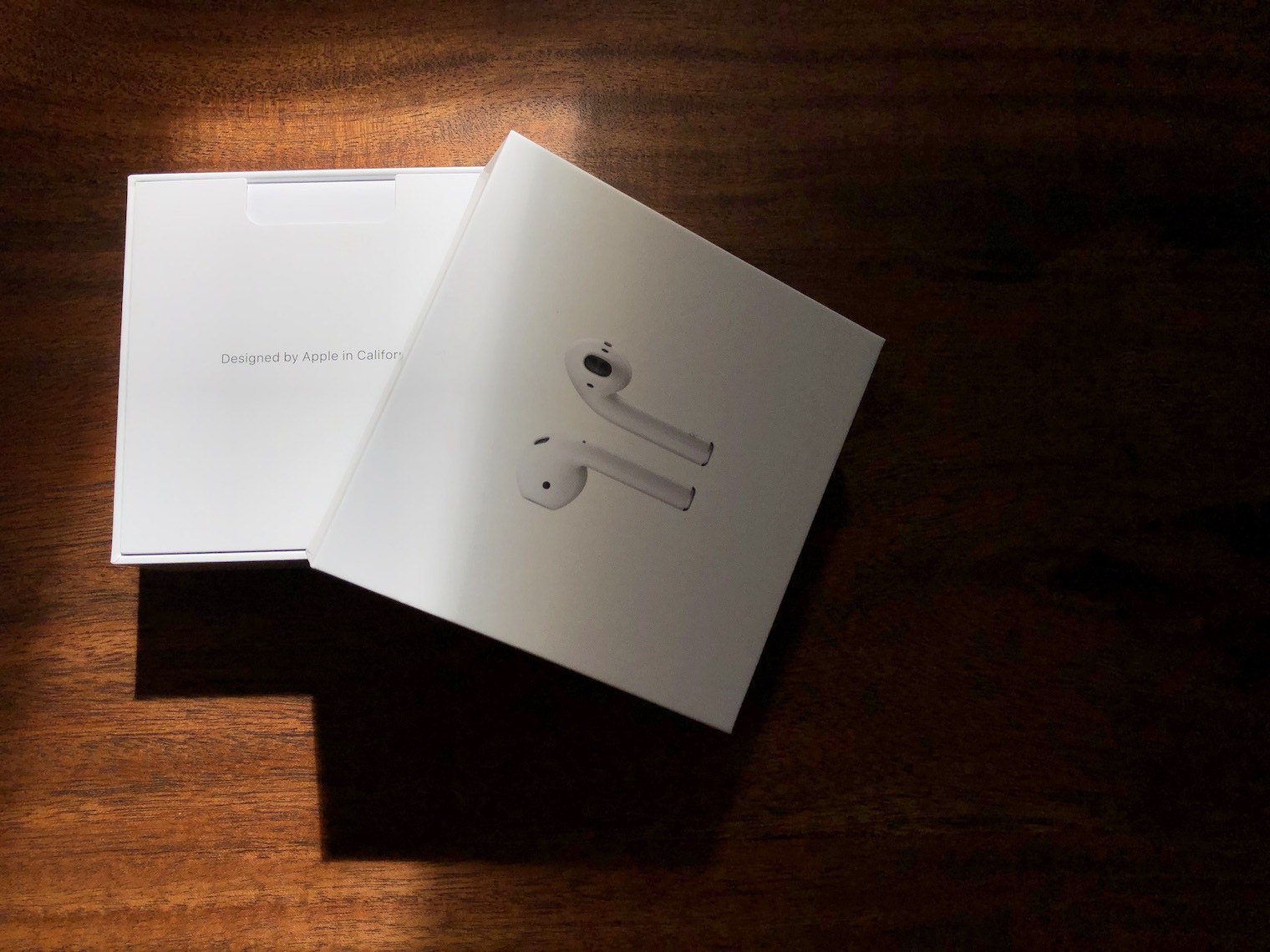
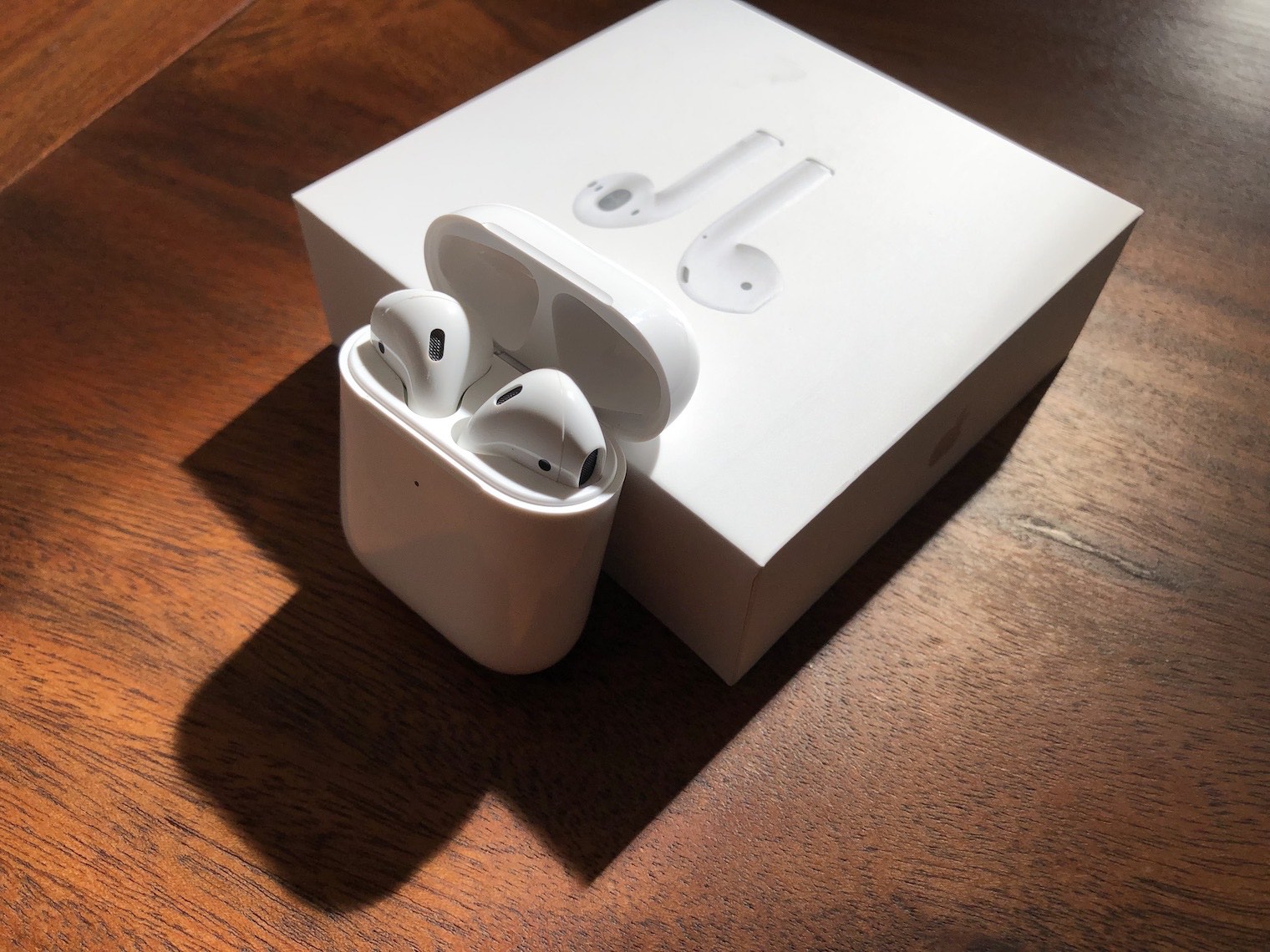


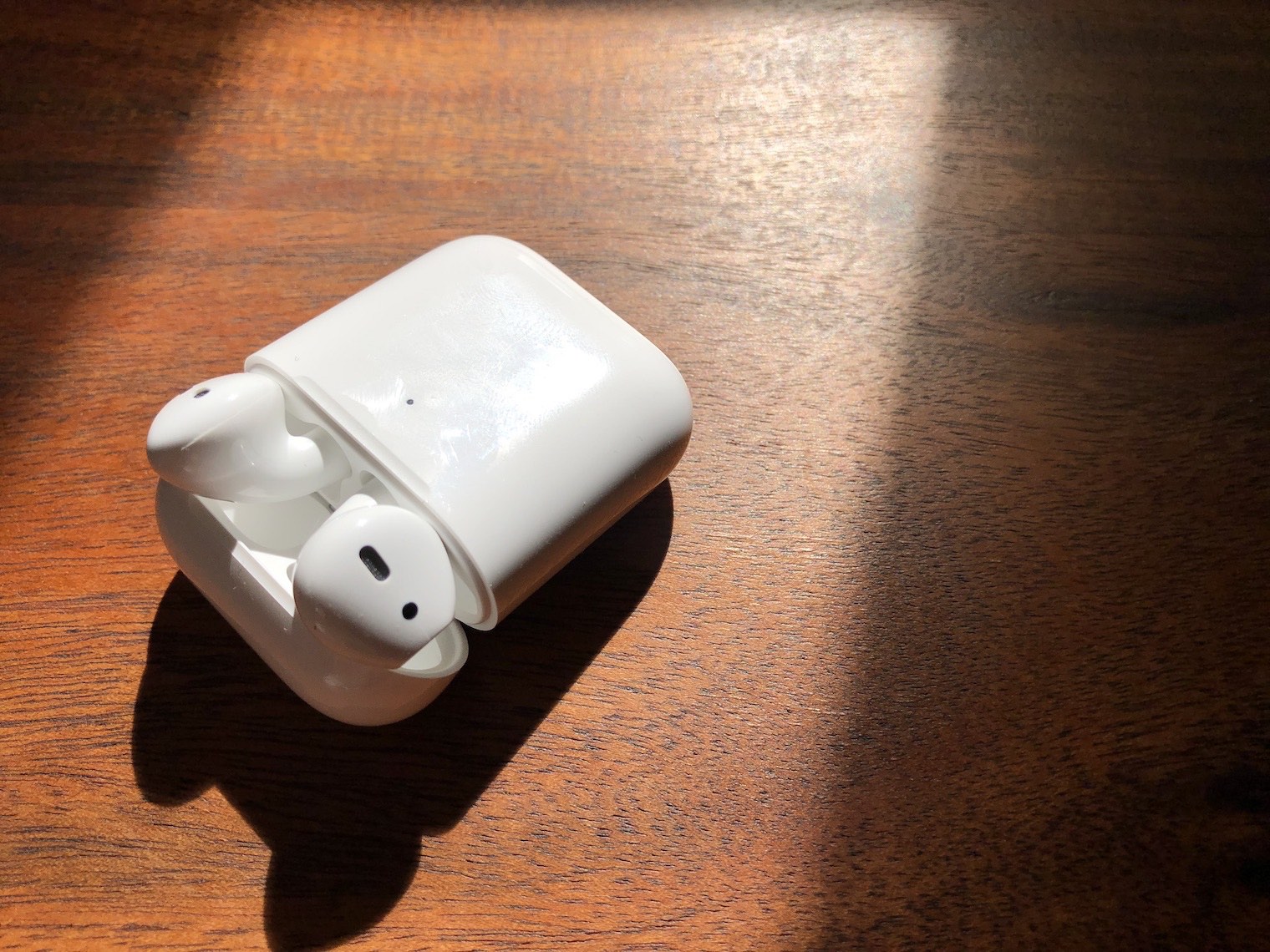
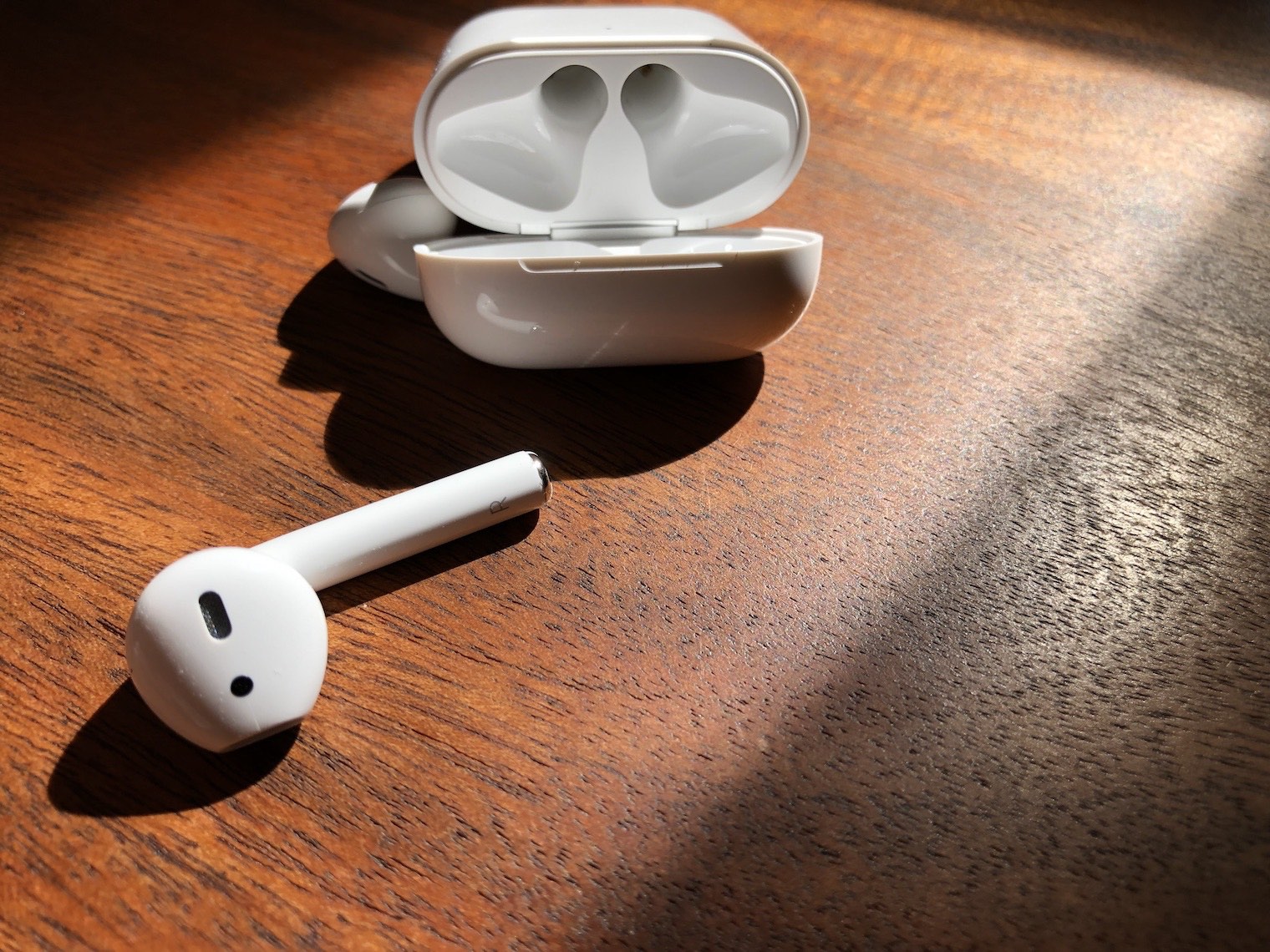
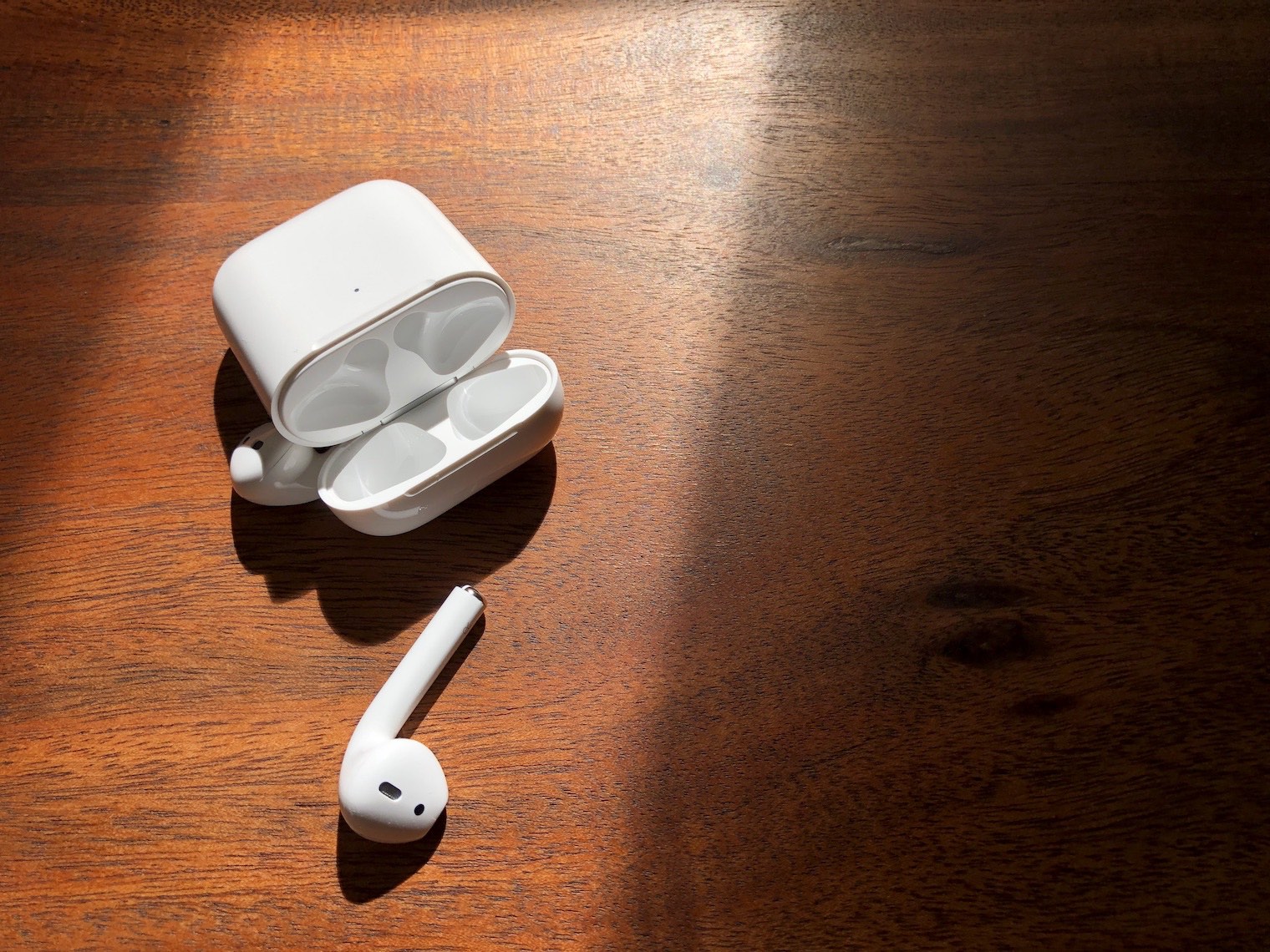
My first generation headphones work reliably and I have to say that, compared to the last paragraph of the text, pairing with a Mac is absolutely fine for me and takes two or three seconds, I mean paired with an iPhone -> pair on Mac